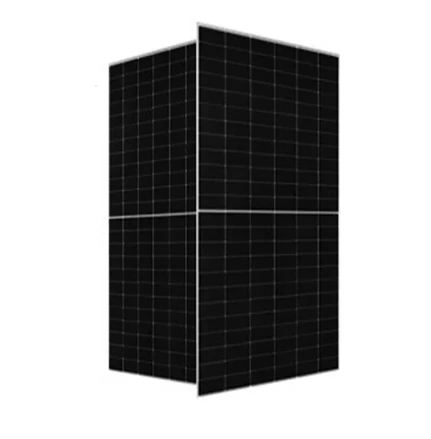Optimal Solar Panel Dimensions for Effective 1 kW Energy Generation
Understanding Solar Panel Size per kW
As environmental awareness and the demand for renewable energy sources grow, solar panels have become a popular choice for homeowners and businesses looking to reduce their carbon footprint and minimize electricity costs. One critical aspect of solar panel systems is understanding the size needed to generate a certain amount of power, typically measured in kilowatts (kW). This article aims to provide insights into solar panel size per kW, helping potential solar adopters make informed decisions.
What Does kW Mean?
The term kilowatt is a measure of electrical power equivalent to 1,000 watts. Therefore, when we speak about a solar power system rated at 5 kW, it means that under ideal sunlight conditions, this system can produce 5,000 watts of electrical power. The actual power output, however, can vary due to several factors, including geographic location, weather conditions, and the angle of installation.
Average Size of Solar Panels
Typically, a standard solar panel generates between 250 to 400 watts of power. To gauge how many panels are needed to produce 1 kW of power, we can use the following calculation
1 kW = 1000 watts If we take an average solar panel capacity of 300 watts, then Number of panels per kW = 1000 watts / 300 watts per panel ≈ 3.33 panels
This means that for every kilowatt of solar energy you want to produce, you would need approximately 3 to 4 solar panels, depending on the specific panel output
.Physical Size Considerations
solar panel size per kw

The physical dimensions of solar panels can vary by manufacturer and model, but the typical size for a standard panel is about 65 inches by 39 inches (approximately 1.7 square meters or 18 square feet). Given our earlier calculation, if you needed about 3.33 panels to generate 1 kW, the total space required for these panels would be around 5 to 6 square meters (about 54 to 64 square feet).
This physical space requirement is a crucial consideration for homeowners. If you have limited roof space, it's essential to choose higher-efficiency panels that generate more power per square meter, thus allowing you to achieve your energy needs with fewer panels.
Factors Influencing Solar Panel Size Needs
Several factors can influence the number and size of panels required for a solar installation
1. Energy Consumption A household with higher energy needs will require more kW capacity, which translates to more panels. 2. Location Areas with more sunlight can produce more energy with fewer panels; locations with less sunshine may require additional panels to meet the same energy output.
3. Panel Efficiency High-efficiency panels convert more sunlight into electricity, thus requiring less physical space and fewer panels.
4. System Losses Solar energy systems typically experience efficiency losses of about 15-20% due to various factors such as shading, inverter efficiency, and temperature effects.
Conclusion
Understanding solar panel size per kW is an essential part of designing an efficient solar energy system. By assessing energy needs, available space, and local conditions, potential solar customers can determine the number of panels required to meet their power requirements. As technology continues to advance and efficiency improves, planning a solar installation becomes more accessible and achievable for those looking to harness the power of the sun. Investing in solar energy not only offers potential cost savings but also contributes to a more sustainable future.
-
String Solar Inverter: The High-Efficiency Solution for Smart Solar EnergyNewsJul.14,2025
-
Revolutionizing Rooftop Energy with the Power of the Micro Solar InverterNewsJul.14,2025
-
Power Independence with Smart Off Grid Solar Inverter SolutionsNewsJul.14,2025
-
On Grid Solar Inverter: Powering the Future with Smart Grid IntegrationNewsJul.14,2025
-
Monocrystalline Solar Panels: High-Efficiency Power for the Future of Clean EnergyNewsJul.14,2025
-
Bifacial Solar Panel: A Smarter Investment for Next-Generation Energy SystemsNewsJul.14,2025







